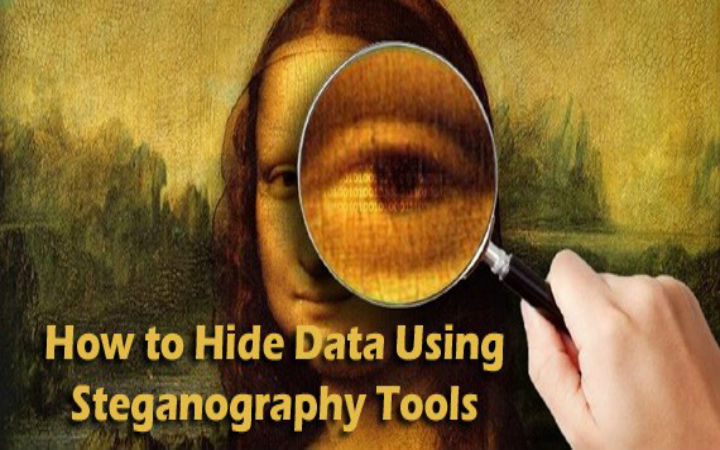Steganography Thesis for Research Scholars.
Steganography thesis is concentrating in making a better Steganography system with sufficient and effective Steganography techniques. The art of encrypting confidential message by a covered medium as audio, picture, video files or text is known as Steganography. Recent Steganography Thesis is carried by combining of cryptography and Steganography techniques for secure transmission of digital data. Steganography thesis relies on analyzing the existing Steganography algorithm and its challenges. Steganography thesis is based on improving secure transmission of data. The previous work in Steganography thesis provides a basic concept of Steganography to new researchers. Excellent technology has been put in to protect personal information. The powerful Steganography programs for hiding MP4 or quicktime multimedia files are truecrypt. For Steganography thesis we have good PhD advisors and research scholars to bring out the best in Steganography thesis. Steganography Thesis editing service is also accompanied in our concern.
Algorithms used in Steganography Thesis.
Different algorithms are used in Steganography for embedding confidential message to cover medium.
Hide Seek: At random way the message in image is replaced. A random key is activated till it finished hiding the messages. It is known as hide and seeks.
Blind Hide: The top most corners of images are taken at first and least bit value of each pixel color is changed.
Battlesteg: When compared to other Steganography algorithm it is the best among all. The highest value pixel in image is filtered and randomly the image is hidden. From the receiver side a password is needed to provide high level of secure Steganography.
Filter first: An inbuilt filtering application is contained to drain out the original images and first embed highest filter values.

Dynamic Battlesteg and filter first: Both are combined and dynamic algorithm is used for quick embedding process.
Types of Steganography:
When compared to cryptography, Steganography provides high level security.
Pure Steganography: It consists of group of possible cover medium, group of secret messages and embedding functions. They do not need any prior exchange of confidential ideas before sending a message from sender to receiver.
Secret key steganography: The sender select a cover medium and embeds a confidential message by using encryption key and share the secret key to the receiver. It is same as symmetric cipher encryption. To get the original message, reverse process must be done by the receiver. Secret key steganography consists of:
- Secret message
- Possible cover
- Same secret key encryption and decryption
Public Key Steganography: Two types of key are used:
- Public Key: decryption.
- Private Key: Encryption.
Need for Steganography:
- Communication can be converted using images.
- Use a cover medium for hiding images.
- Ownership of digital images, authentication is provided.
- In browser, movies, copyright information, television channel Steganography application are used.
- Confidentiality, better data integrity and self correcting images are achieved.
Challenges on steganography.
- Security personnel in law enforcement.
- Government agencies.
- Military organizations.
- Intelligence community.
- Private sector.
The thesis was written for the above mentioned challenges on steganography.For this number of encoding, encryption techniques and methodologies are used.
Steganography System Characteristics:
- Capacity.
- Security.
- Robustness.
- Invisibility.
- Undetectable.
Different Encoding Methods in Steganography.
- Encoding secret messages in images.
- Encoding secret messages in text.
- Encoding secret messages in audio.
- Encoding secret messages in video.
Different method to hide content is used in steganography thesis. We offer all above techniques to hide information in different medium.
Applications of Steganography Thesis.
- Access control providing system.
- Media database systems.
- Protection of data alteration.
- Secrete information storing system.
- Confidential communication.
- Government.
- Banking Sector.
- Military applications.
- Research and Development.
- Private Sector.
- Educational Institutions.
- Secret Agency.

